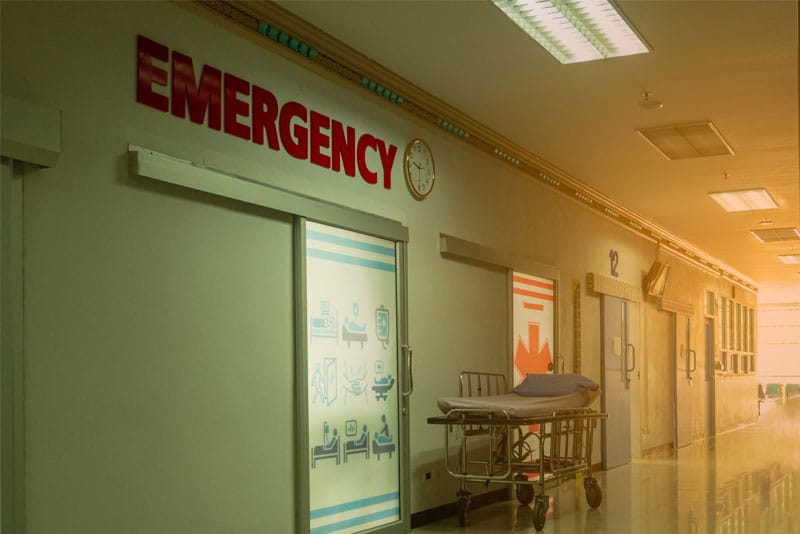 Emergency department overcrowding is a major problem in hospitals across the U.S. Outsourcing medical transcription helps emergency physicians maintain accurate electronic health records. However, emergency departments (ED) face many challenges when it comes to delivering high quality and timely patient care due to the disparity between patient demand and hospital resources. This leads to overcrowding and poor patient flow. A survey published by the American College of Emergency Physicians in 2015 found that lack of access to physicians led people on Medicaid to get treatment in emergency rooms.
Emergency department overcrowding is a major problem in hospitals across the U.S. Outsourcing medical transcription helps emergency physicians maintain accurate electronic health records. However, emergency departments (ED) face many challenges when it comes to delivering high quality and timely patient care due to the disparity between patient demand and hospital resources. This leads to overcrowding and poor patient flow. A survey published by the American College of Emergency Physicians in 2015 found that lack of access to physicians led people on Medicaid to get treatment in emergency rooms.
EDs are meant to provide care to patients who have unexpected illness or injury that can prove fatal or result in disability or severe pain if not attended to right away. But studies have found that departmental overcrowding has reduced the quality of care delivered and resulted in poor patient outcomes. Various strategies have been put forward to reduce emergency department overcrowding. A recent report in The Sydney Morning Herald says that home physician services could be the answer to this problem.
According to the report, Australia’s National Home Doctor Service is a great advantage for NSW families. Under this after-hours GP home service set up in 2005, a physician is driven to patients’ homes. Currently, bookings are received and updated via iPads. This helps alleviate the immense pressure on the public hospital system by minimizing unnecessary ambulance call-outs and avoidable emergency department visits. The home visit also offers many other benefits:
- Research by Deloitte found the home visit system saves federal, state and territory governments about $724 million a year
- The doctor’s efforts are a great reassurance to patients and caregivers
- Home visits provide a vital first point of referral to hospitals when conditions are visibly serious
- Home doctor service shortens waits in stressed emergency departments by reducing the number of patients in triage four and triage five categories
The report calls for a concerted effort by the Australian government to maintain and strengthen the national home doctor service.
This could also hold lessons for the U.S. One study reported that 90% of EDs in both urban and rural areas of California had overcrowded conditions. Moreover, patients experience longer delays today compared to many years ago. Overcrowded EDs are unable to provide timely service, which has led to poor outcomes for patients with certain medical problems.
Medicare pays for services delivered at home to recovering, chronically or terminally ill persons or people with disabilities in need of medical, nursing, social or therapeutic treatment, and/or assistance with the essential activities of daily living. A 2014 report from the Alliance for Home Health Quality & Innovation (AHHQI) stresses the critical role and impact of home health care in the U.S. health care system. With the growing older American population, the home has become a focal point of care for better chronic condition management. The report says that home health care can reduce avoidable hospital admissions, nursing home care, emergency department visits, and outpatient clinic visits.
The AHHQI report notes that the value proposition of home health care now and in the future is strong. According to a recent study on the future of home health care published by the NCBI, the future of health care delivery depends on “the ability of payers and providers to leverage the spectrum of home-based care, with Medicare skilled home health as a formidable linchpin in that spectrum”.
Whether it’s home or ED care, accurate and timely medical record management is crucial. Medical transcription service companies play an important role in helping physicians utilize electronic health records for the betterment of their patients. They provide accurate transcription of physician dictation in the office and in the field, ensuring timeliness of clinical documentation for enhanced patient outcomes and improved reimbursement.


